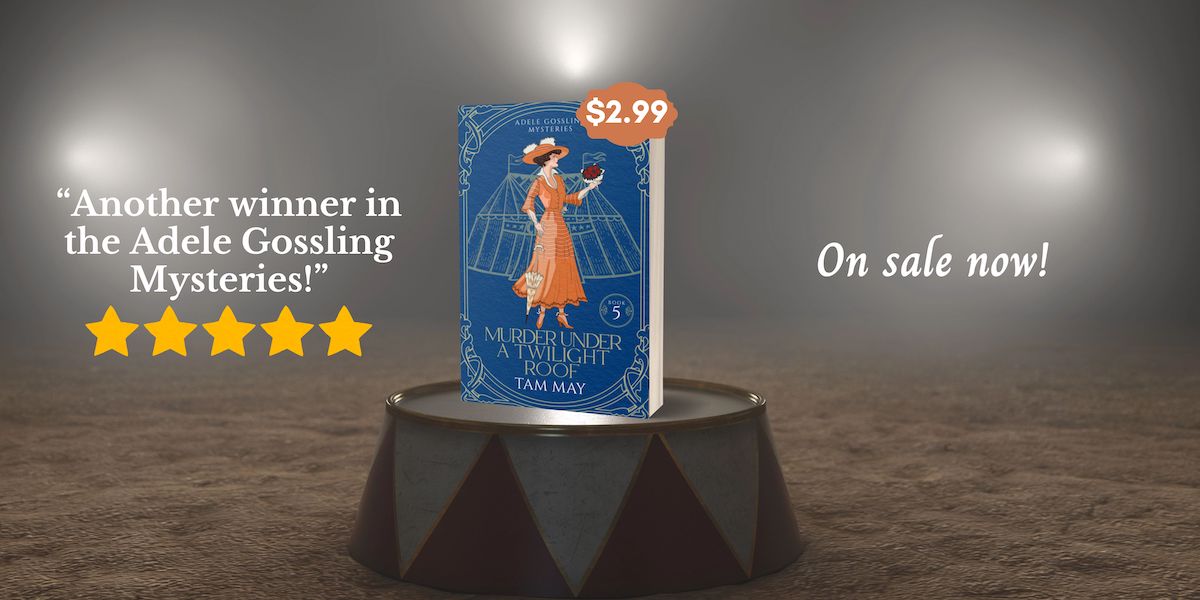
Photo Credit: Siblings, Carl Froschl, 1913, oil on canvas: Mutter Erde/Wikimedia Commons/PD old 80 expired
May 2 is National Brothers and Sisters Day. Since I’ve been working on Book 3 of the Waxwood Series, I thought this would be a perfect time to revisit the characters of Vivian and Jake Alderedice, the sister and brother of the Alderdice family. I say “revisit” because I’ve written about both characters in the past (about Vivian here and about Jake here). But Book 3 finds them both older, wiser, and, in some ways, very changed.
I talked here about how a novel I wrote in 2004 evolved into this series and some of the changes from novel to series. One thing that didn’t change was the relationship between this sister and brother. I envisioned Vivian and Jake as rather isolated as children which, in that contemporary version, was due to the dysfunctional family dynamics of the Alderdices. That disfunction became more complex when I decided to put the series in a historical context because so much in the Victorian era was hidden and “not talked about”. Often times, my fiction works off of metaphors, images, and symbols and the playroom became the metaphor for Vivian and Jake’s isolated world. On the top floor of the massive Alderdice Hall, Vivian and Jake spent many hours there, left to themselves because of the Victorian era idea that “children should be seen and not heard.” In The Specter, the first book of the series, Vivian describes the playroom in this way:
The playroom looked just as she and Jake had left it the last time they had played there as children. Maids still kept the dust out, and the sailboat window was locked so as to keep out intruding creatures. She turned on the gaslight, and the yellow glare immediately illuminated the small cabinet with the transparent door where the glass circus still stood in mid-action, ready for its audience of delighted children. She approached the cabinet and feeling for the panel at the bottom of it, pressed the flap back.
There were images that stuck in my mind when I was writing about the playroom in earlier versions of the story: The round windows, like you see in a ship’s cabin, toy soldiers Jake’s grandfather had bought him as a child as a sort of token of the manliness he expected from him in the future, and the display of glass circus animals in the cupboard (which, I frankly admit, was inspired by Tennessee Williams’ play The Glass Menagerie). As children, virtually ignored by their elders, Vivian and Jake created a make-believe world together, though one that was less defined than, say, the worlds of Gondol and Angria created by the Bronte sisters, but in Book 2 of the series, False Fathers, Jake asks his sister to pose for a painting in the wax woods, and the picture he creates is a sort of mythical child-like Diana in an enchanted forest.

Photo Credit: Sister and Brother (Portrait of Ernesta and Philip Drinker), Cecelia Beau, 1897, The Atheneum: BoringHistoryGuy/Wikimedia Commons/PD old 70 expired
When I started to rethink the series in the Gilded Age era, I also realized that, while family secrets and lies play a role with this family, there was another element that contributed to the close-knit relationship of these two siblings: time. The Gilded Age saw a lot of families rise to the top and legacies form and along with that, generations of young men and women who were burdened with rigid social and conventional expectations. Vivian and Jake, I knew, were not ones to bend to social conventions and therein lay their psychological reality. Conflicts of family expectations and obligations on the one hand, and the quest for their own identity on the other, are what drive both Vivian and Jake in the series.
You can read more about Vivian and Jake in The Specter and False Fathers, the first two books of the Waxwood Series. And to find out more about the series itself, you can go to this page.

